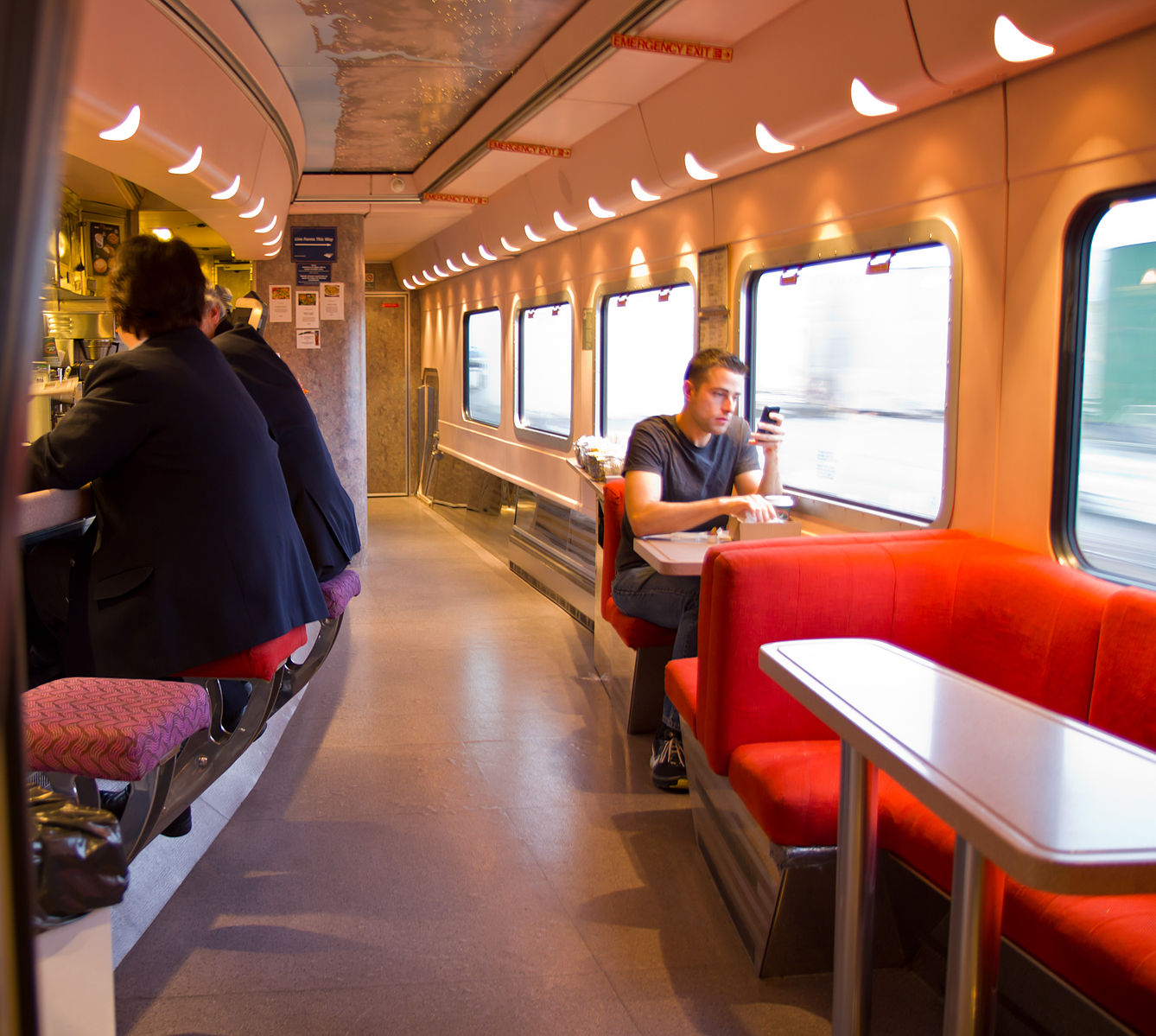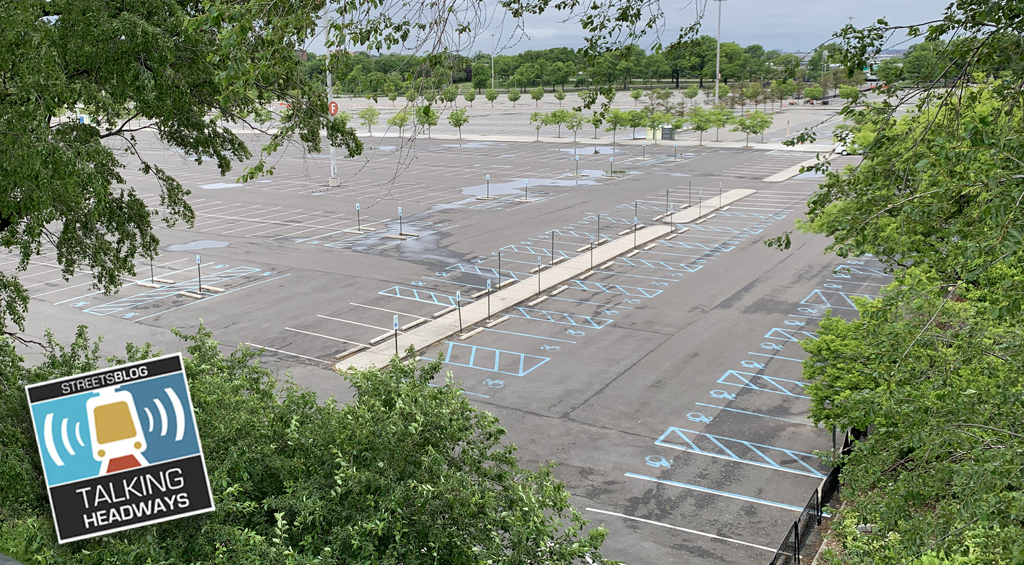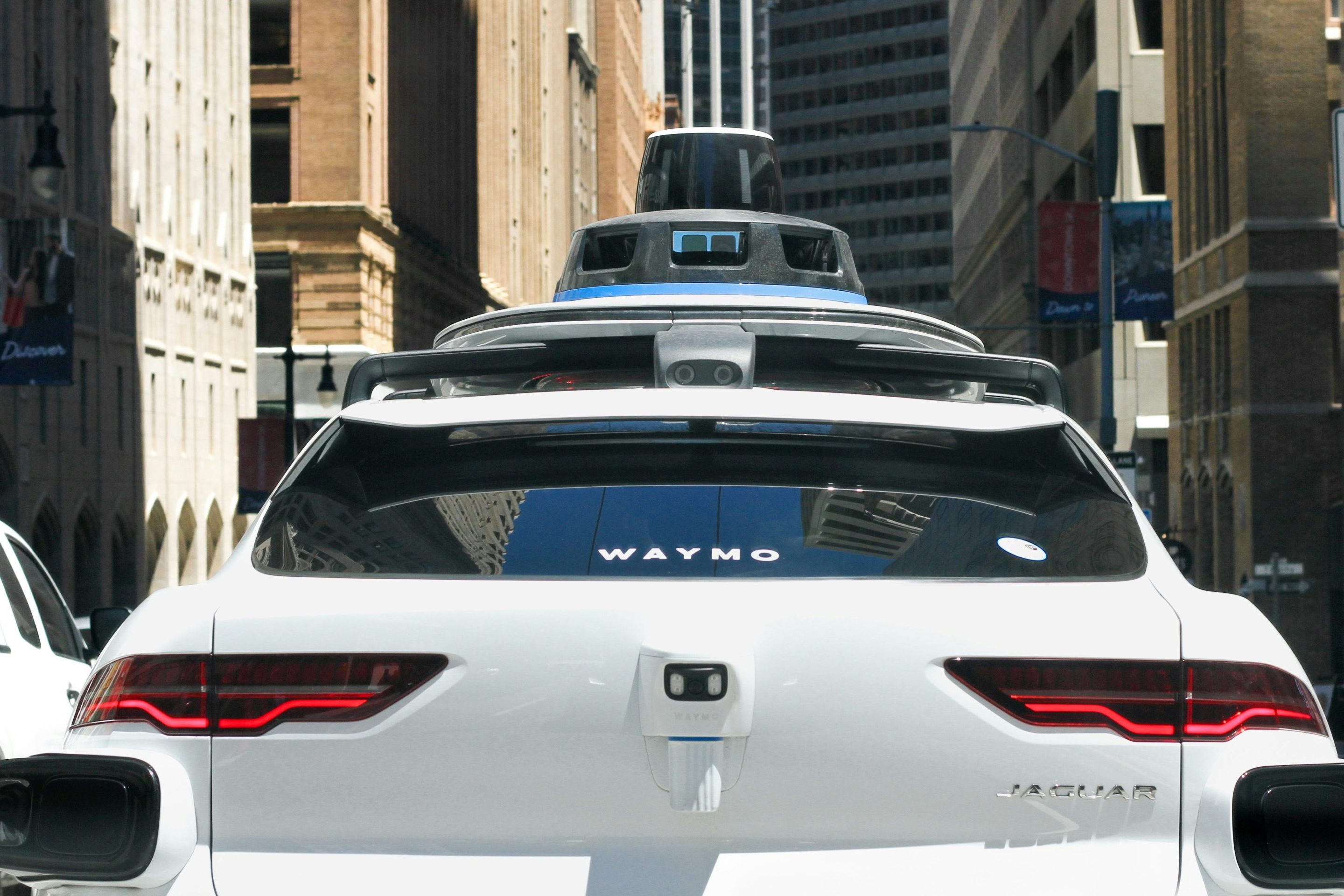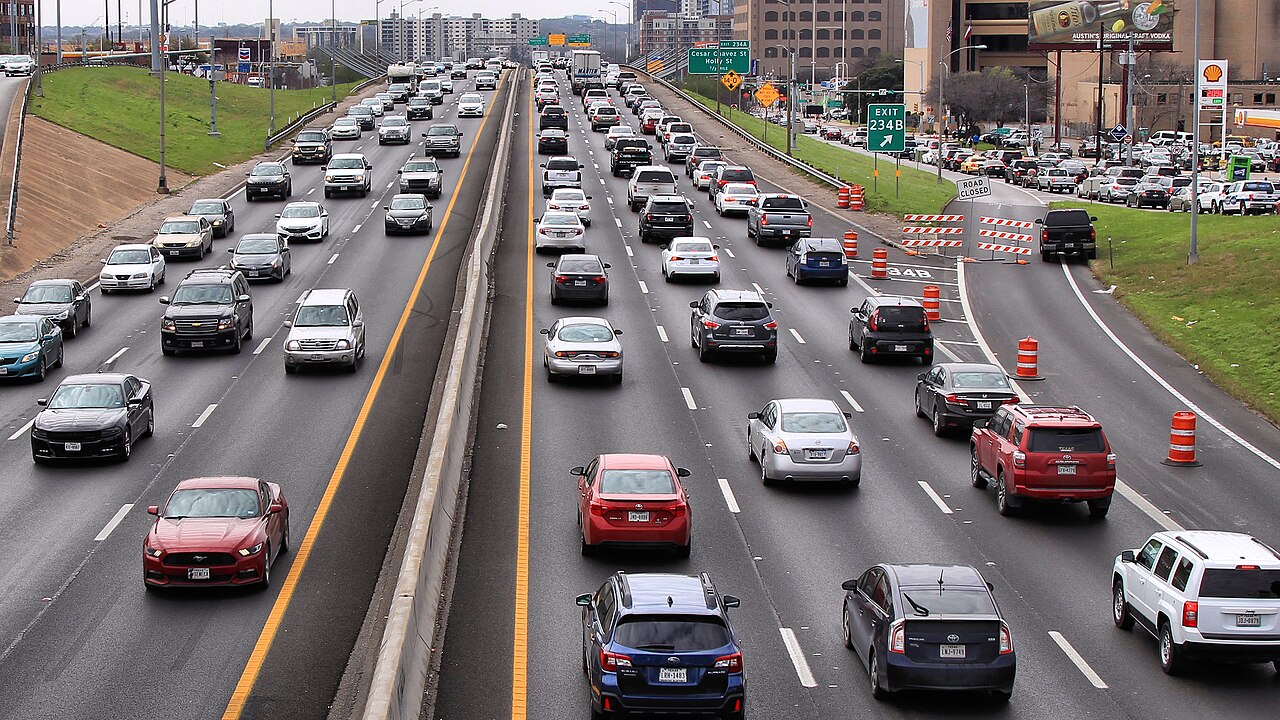Not long after President Joe Biden unveiled his American Jobs Plan several weeks ago, Amtrak published a map illustrating its plan for better, more extensive train service across the country.
In the corners of Twitter where I tend to reside, the Amtrak proposal came in for a good, solid, technocratic thrashing. Among other critiques, the plan was criticized for extending service on unprofitable long-distance routes at the expense of popular and financially self-sufficient services like those in the Northeast Corridor. A typical column by Politico’s Michael Grunwald was headlined “Say it ain’t so, Amtrak Joe.”
I get where the critics are coming from, and even agree in some respects. But I also think they’re missing something important. Train travel in the U.S. may often be only a marginally effective way to get from place to place. But it is an excellent way to get to know America.
I discovered this relatively late in life. Passenger rail service in my hometown of Pittsburgh was extremely limited, so I spent my teens and early 20s riding lots of Greyhound buses – a travel option that was definitely more about the destination than the journey.
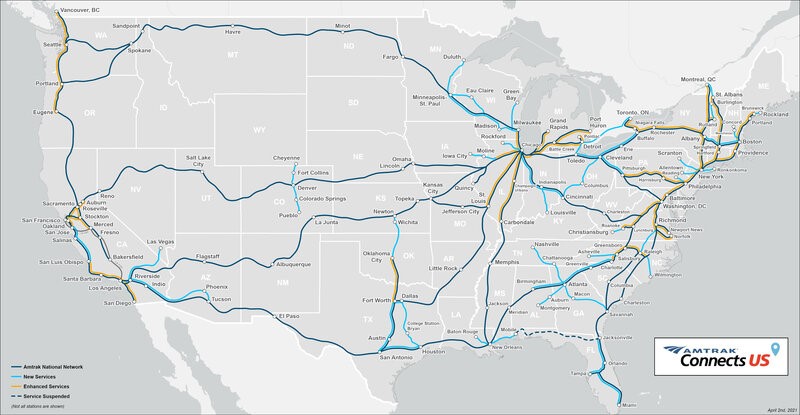
It was only after moving to the East Coast that I discovered the benefits and unique joys of rail travel. From train windows, I’ve seen the sun set over the Pacific Ocean and gaped at the arid vastness of the American Southwest. I’ve observed Southern main streets and watched Amish people working their fields in Pennsylvania. I’ve met hippies from Wisconsin, college professors from Arizona, lawyers for the oil industry, models for adult magazines, beer-drinking electricians on their way to a union convention, nice older Midwestern couples who just love trains, and people from all walks of life on their way to reuniting with loved ones.
Trains pass through portions of the country that you don’t usually see – I often describe it as being able to see into America’s backyard. Because trains don’t just go from one place to another, but rather pick up and let out passengers all along the line, they tend to collect an interesting and diverse cast of characters. And the traditions and amenities of train travel – sitting with strangers in a dining car, hanging out in an observation or café car – provide a comfortable atmosphere to meet and talk with people you usually don’t run into in daily life. Even for an introvert like me.
This kind of exposure to America’s incredible array of people, communities and landscapes is valuable – especially now. Even before the COVID-19 pandemic, the impressions we developed of our fellow Americans were often mediated through screens and limited by filter bubbles. For young people in the process of forming their own ideas about the world, providing opportunities to escape those bubbles is particularly important.
Which leads me to wonder: Why doesn’t Amtrak offer a discounted rail pass for youth?
A few years ago, I shared a flight (alas!) with a young man from Toronto who had taken advantage of a promotion by Via, the national passenger rail service of Canada, for the country’s 150th anniversary in 2017. Via offered $150 rail passes allowing youth between the ages of 12 and 25 to travel the country – as much as they wanted – during the month of July. The program was so popular it crashed the railroad’s website and the number of passes had to be capped.
My seatmate told me that he used the pass to travel across Canada in two legs – one traveling east from Toronto to Halifax, Nova Scotia, and one going west to Vancouver, British Columbia, nearly 3,000 miles in total. With the exception of saying he could probably have skipped Manitoba (too flat), he raved about the trip, saying it helped him connect with his country in a new way.
Canada no longer offers cheap, unlimited nationwide rail passes for youth, but it does offer youth and student discounts on passes for travel along the country’s most popular rail corridor in Quebec and Ontario. American youth and young adults traveling to Europe can get a Eurail pass at a roughly 25% discount compared with adult passengers. Yet, there is no equivalent youth discount for Amtrak’s version of the Eurail pass, USA Rail passes. (Amtrak does offer student discounts on select routes, but a student ID is required and conditions, as they say, apply. The railroad has apparently ended its national student discount program.)
There is a caricature out there of American rail advocates as people who became passionate about trains while studying abroad in Europe, riding on the continent’s (relatively) plentiful, affordable and efficient trains. Passenger rail service in the U.S. is not nearly as good. But even if a discounted rail pass isn’t enough to get American youth to fall in love with trains, it may just help some of them to fall in love with America.
At a time when our common bonds are increasingly strained, that could very well be an investment worth making.
(ADDENDUM: It felt strange in drafting this piece to be advocating for subsidizing travel for youth in the midst of a climate crisis. Long-distance travel on trains pulled by diesel locomotives isn’t exactly environmentally friendly, even if it is better than flying. Here is my case for why this may make sense from a climate perspective:
1) At least some of the seats used by young travelers under such a program would otherwise have been empty, limiting the carbon impact, and the program could be structured to encourage the use of that excess capacity.
2) Luring American youth onto the rail system with discounted passes is a golden opportunity to acculturate them to a future of less air travel. There is evidence that transportation habits developed early in life carry on into older adulthood. A 2017 study, for example, found that young people who grow up with good transit options are more likely to take transit and less likely to own cars later in life. Trains can be decarbonized much more easily than planes – we’ve been running electric trains for more than a century – and need to be a big part of any zero-carbon transportation future. Now is as good a time as any for young Americans to become used to using them.
3) A youth pass could encourage young people to travel domestically as opposed to internationally, and might encourage some to take a train when they would otherwise fly, reducing the net carbon impact of the program.)
